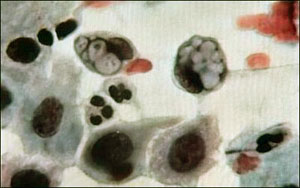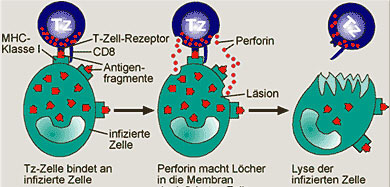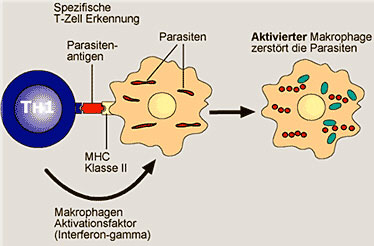
Chlamydia Pneumoniae
What is Chlamydia Pneumoniae
There has been a lot of discussion over understanding the Chlamydia pneumoniae bacteria and up till now, it has been classified as a virus. Basically, the Chlamydia pneumoniae is a gram negative bacteria and it is a part of the Chlamydia bacterium species. There are three main bacteria present in this group and they are named as Chlamydia pneumoniae, Chlamydia psittaci and Chlamydia trachomatis. All these bacteria have different problems associated with their infection and here is some common information related to these bacteria. The Chlamydia pneumoniae is responsible for causing Chlamydia pneumonia in adults and children and this infection can be repetitive in most cases. The Chlamydia psittaci can lead to ornithosis and it is usually due to contact with infected birds. The Chlamydia trachomatis is the most sinister of the lot and it is a sexually transmitted disease. Even though Chlamydia trachomatis can lead to Chlamydia pneumonia in infants, the cases are extremely limited. Chlamydia pneumonia treatment. Chlamydophila pneumoniae (formerly known as Chlamydia pneumoniae) are bacteria infect humans and can lead to pneumonia. They are a type of chlamydia . Chlamydophila pneumoniae has a complex life cycle and needs to infect another cell to reproduce themselves. The chlamydia were counted once for the virus. Today, however, they are assigned to the coccoid bacteria. The complete genome sequence was published in 1999. In the chlamydia are obligate intracellular bacteria. It is currently well the mysterious pathogen and is always with chronic diseases, associated with it, such as:
Is undisputed, however, the Chlamydia pneumoniae to the agents of (atypical) pneumonia belong. Most infections with Chlamydia pneumoniae, however, run silently, or with common cold symptoms. Chlamydia do not have their own energy supply systems, but make use of energy (ATP) of the infected cell in the body. They manipulate the cells so that they make their energy available to them, but not go basis. This manipulation of the original cell has a functional loss. Chlamydia Pneumoniae InfectionThe Chlamydia pneumoniae infection is caused when the Chlamydia pneumoniae moves into the body of the person. The Chlamydia pneumoniae is itself quite challenging and its treatment sometimes requires a complete medical procedure. The Chlamydia pneumoniae infection can spread in a simple method, just like TB infection spreads to another person. The Chlamydia pneumoniae float around as droplet nuclei and originate from people who cough out these bacteria. They are airborne and can infect anyone through regular breathing of the infected air. The Chlamydia pneumoniae infection is not only limited to respiratory infections and can lead to several other problems. After the Chlamydia pneumoniae infection has set in, you would notice the different symptoms of Chlamydia pneumonia coming about. The condition is quite challenging and you might be hospitalized for complete care. Pneumonia, bronchitis, cough, mild fever, pharyngitis, laryngitis and sinusitis are some of the common problems. Why is infection with Chlamydia pneumoniae (CP) is so problematic?The disease was usually started as respiratory infections, to then more or less unnoticed in the body and spread to infect other tissues as Nerves, brain, muscles, blood vessels and even cells of the body's own immune system, the macrophages. The standard antibiotic therapy for about 2 weeks can get chlamydia in only one of your three life stages. It can be short periods of application of the CP-life forms survive and then later causes the CP relapses. CP itself produces at least two toxic substances that cause tissue destruction and inflammatory burden, as well as a chronic immune activation and the body with a toxin load. Survive in the cell such as a parasite steals energy and to reproduce themselves. Therapy, however, must be carried out effectively until CP is destroyed in all three stages, which are thus no re-infection. Laboratory diagnostics:
Therapy:Antibiotics of course are conventional medicine in an acute chlamydia pneumonia treatment. But it looks completely different in chronic chlamydial disease. There is certainly no promising antibiotic. The Belgian CFS specialist Prof. deMeirLeir showed in his presentation training, a 30-day protocol with 250 mg azithromycin tgl. Shorter application brought no lasting success! The most adventurous long-term antibiotic combinations - off-label use - in laymen passed around and there are always doctors who support and years of treatment by AB Private prescriptions. Usually not critical, chemotherapy-believer or single causal thinking. This does not correspond to the actual conditions of multisystem disease and can be dangerous, because our energy systems, the mitochondria can be destroyed permanently and naturally bred resistance. What good is it if the last Chlamydia is destroyed, but the patient is no better feeling!
|
|
© 2014 "chlamydia-pneumoniae.org". All Rights Reserved |


